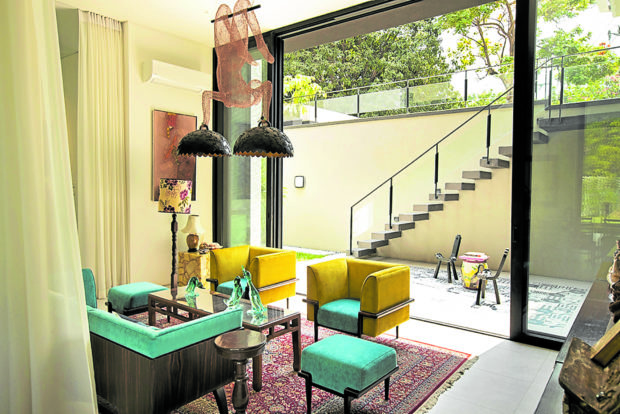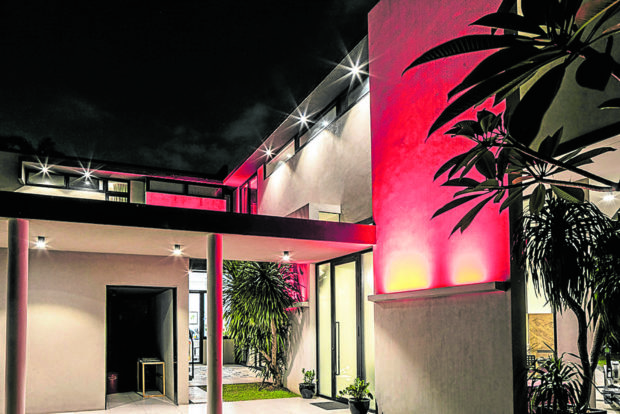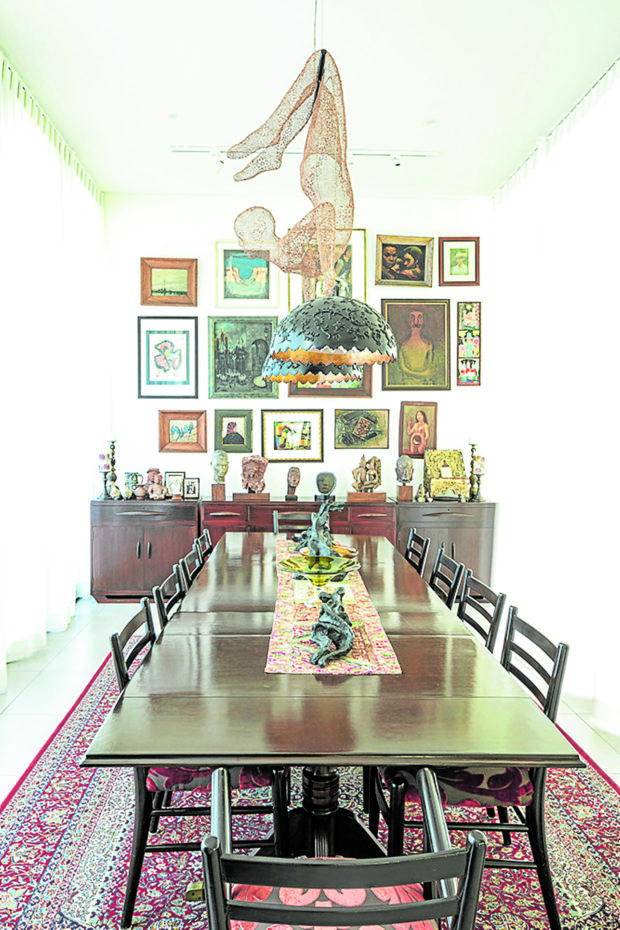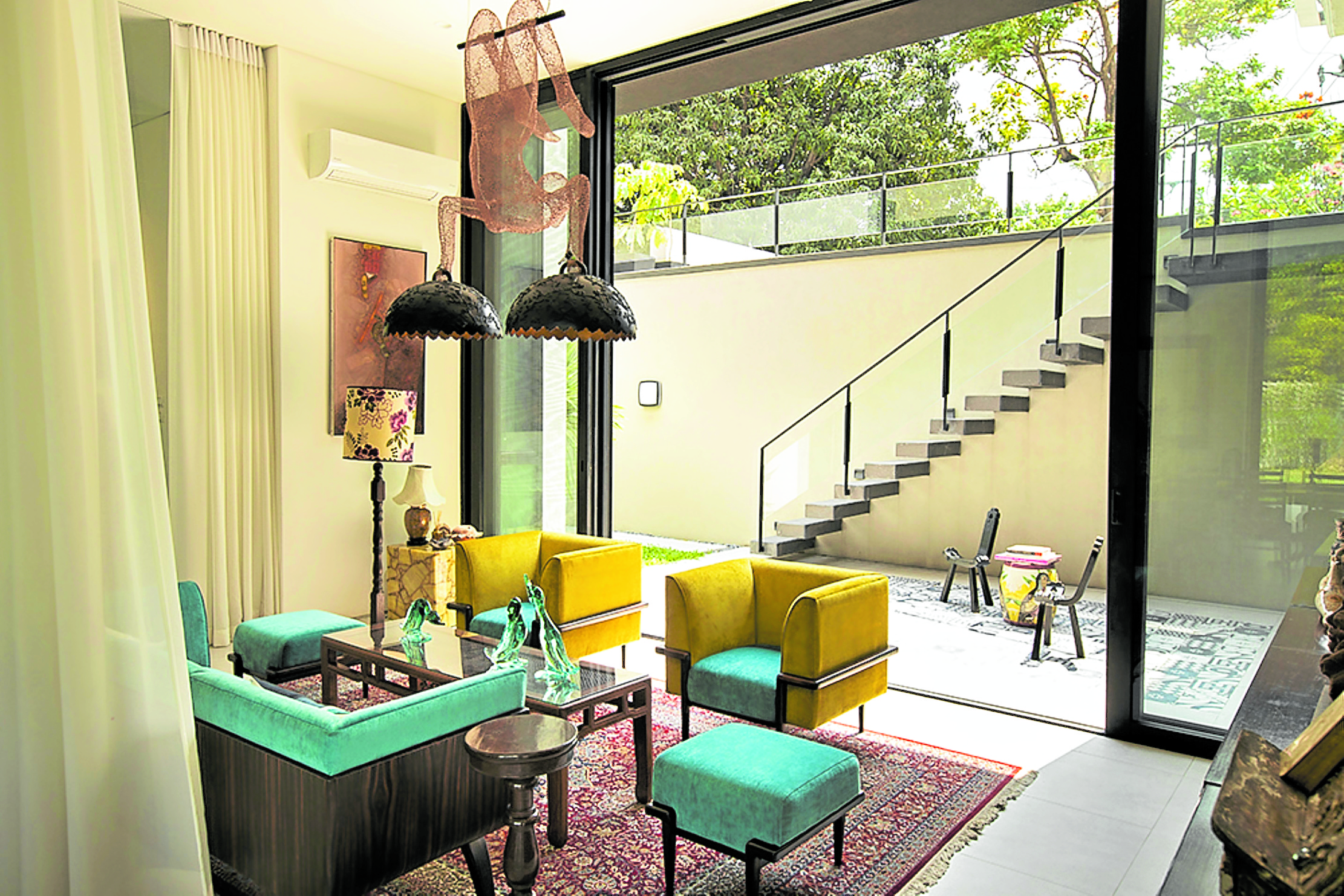
For so long, designing a home meant relying mostly on the architect’s intuition and academic design concepts with modest inputs from the users. In theIn recent years, users’ aspirations and habits, more than academic design concepts, have dictated architects’ home projects past few years, however, the human-centered design has been shaking up the scene as it concentrates on the users’ aspirations, motivations and habits that make for a more compelling and definitive project.
Denise de Castro, principal architect of DEQA Design Collaborative, defines human-centered, or what her company brands as purpose-centered design, as focusing on “what the clients love, what they’re good at, what they think the world needs” in order to help them achieve their goals for the project.
After studying at Wellesley College and Harvard University, De Castro worked in California at Ideo, an international design and innovation company, where she learned that solutions stemmed from detailed interviews with clients and observations of their behavior. She listens from the heart to understand the clients’ psychology.

The architect then creates a design filter, the visual information or images to show to clients on what they want to achieve.
“These are not just pegs to reference or to copy. We develop an experience journey through the house and identify key touch points, based on their goals and purpose, which become the focal points. That’s where we design defining moments—spaces that are memorable, where connections happen or main activities for the family,” she explains.
Extensive library
When David Guerrero, creative chair of the ad agency BBDO Guerrero, and his wife Angel, founder and head honcho of Adobo, the advertising industry magazine, had to rebuild their house after a fire, De Castro went over their backgrounds and wish list with a fine-toothed comb.
David wanted to highlight knowledge and his heritage, while Angel wished to share her passion for cooking and entertaining.
David comes from a prominent clan of intellectuals and nationalists. His father, Leon Ma. Guerrero III, a diplomat and novelist, was widely known for his translations of Rizal’s “Noli Me Tangere” and “El Filibusterismo.”

The former house couldn’t fit David’s extensive collections of heirloom furniture, objets d’art and books. Hence, De Castro designed a spacious library with a balcony overlooking the Makati skyline. This room became the focus on the second floor.
The library, which can fit a three-bedroom condo, contains an extensive book collection that required an archivist. Another room was humidified to preserve old documents, manuscripts and rare books.
Angel, on the other hand, likes to entertain friends who are creatives from the arts and advertising fields. In the kitchen, she can unleash her creativity and be sociable. She can greet her guests while cooking over the cooktop that faces the window overlooking the courtyard.
To fit the budget, De Castro chose the kitchen and storage system built with basic finishes of laminates and melamine, made by the Italian brand Scavolini. A customized storage wall contains Angel’s collections of tableware, glassware, cutlery that can be used according to the lunch or dinner theme.
The kitchen opens up to the courtyard where the hostess can greet the guests before they enter the house. The seamless layout of the house allows people to flow from one space to another.

The Guerreros hold open-air movie nights on the second roof deck that connects to the second floor where people can likewise gather. The roof deck on the third floor provides 360-degree views of Makati.
“I wanted them to enjoy living in the tropics. We decided not to cut down the three coconut trees at the end of the property. They can hang a hammock and lounge underneath them and have opportunities for views outside,” says the architect.
Sustainable design
De Castro provided LED washer for three walls on the façade that are colored by different lights to complement the theme of Angel’s dinner parties.
A music corner in the house, decked with musical instruments and paintings, is reminiscent of the salon, a fashionable room in a French home for conversational gatherings. It was set up for musician-friends to jam.
The Guerreros’ need for privacy and a sustainable lifestyle dictated the orientation of the house. The entrance was angled away from the busy street, allowing one side of the house and roof to face the south and maximize the heat gain from the solar panels.

storage system to fit the clients’ budget. The simple but elegant design allows the homeowner to entertain while cooking.
“Sustainable living is a good investment. You cut down the costs by minimizing artificial lighting and air-conditioning while optimizing solar energy. The well-being, mood and health are improved by maximizing openings toward the garden and allowing more natural light to enter the home. A connection with nature and the brightness makes the spaces feel larger and cozier,” says De Castro.
The architect notes that these design solutions would not have been obvious had she followed the conventional way based on the clients’ checklist of required rooms and corresponding square meters.
“When you design a purpose-driven home, it will draw the best out of you and give more opportunities to create a successful design,” she says. —CONTRIBUTED














































